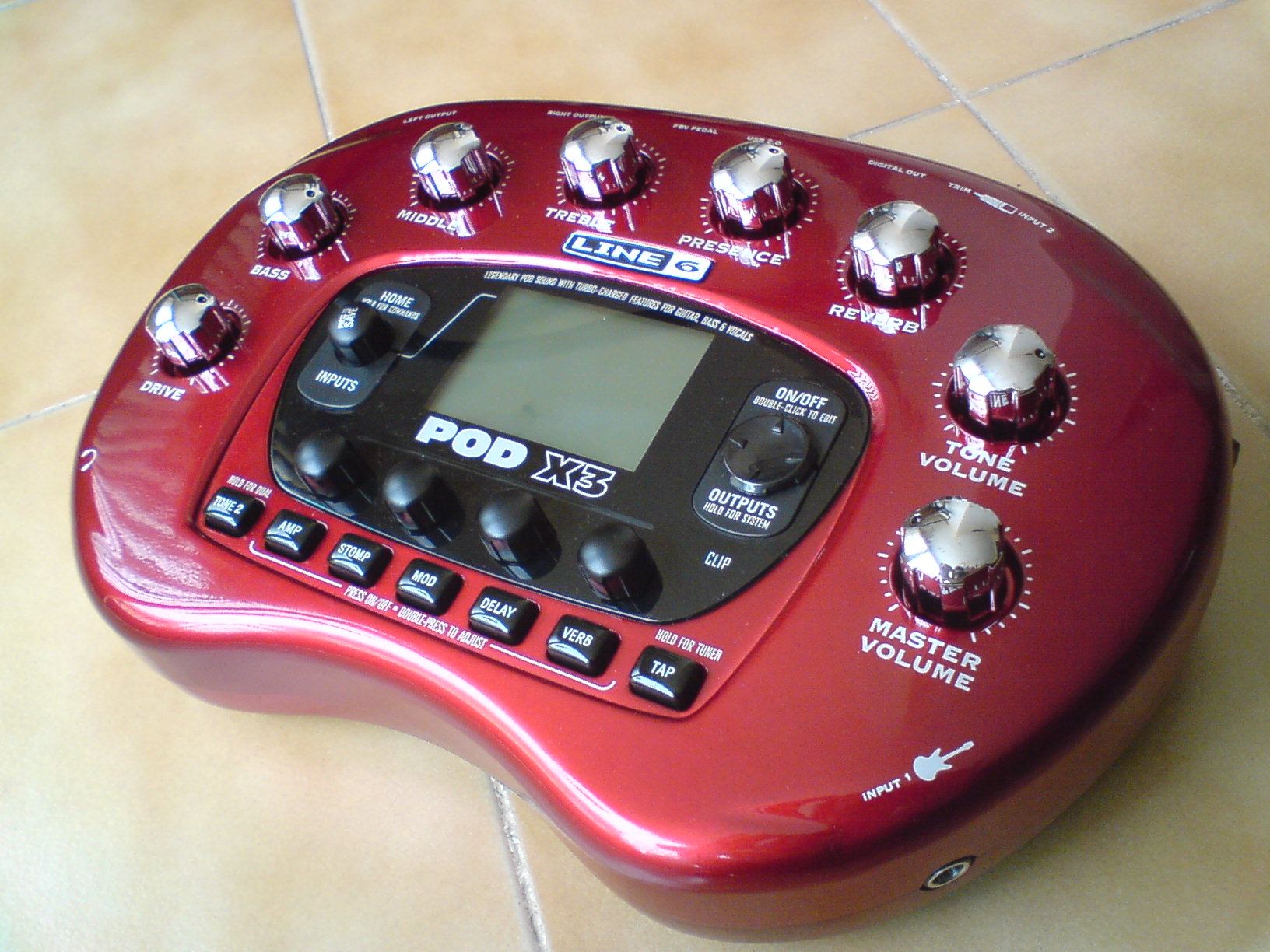
The pros and cons of Print On Demand
#POD #uitgeven
It's just as difficult to publish a book these days as it's easy. Today, the book market is saturated. Many regular publishers are no longer so eager to invest in unknown talent. The chances that your manuscript will be rejected are very high, even if you have spent hours on it and/or put a lot of money into it.
Nowadays, however, there is going man overboard. More and more authors are self-publishing their work. The pros and cons of this, well that's a blog apart, which I'll publish later.
Via MijnBesteller.nl for example, you can easily publish your own book. This platform also has Bravenewbooks and Sweek publishing under the wings. For little money, you can spend your work on your own via POD.
POD stands for print on demand. This means that your book will not be printed until it is effectively ordered/sold. The main advantage is that no bulk has to be printed. You can order from one copy.
An ISBN is not that expensive. That stands for International Standard Book Number. This is a code assigned to your book, which puts it in a central database all over the world and can be ordered. This is useful if you want to make your book available to people abroad.
However, it is not necessary. You can also publish your book without ISBN, but then you can only get it through the publishing house's website.
I'm going to talk about the pros and cons of an ISBN later.
So POD is the new trend. This works especially material saving. It makes the publishing process more flexible. For example, no paper is wasted and a whole edition of a book that may not work. It is also possible that despite all the care, errors can still be found in a book. Through POD, a book can be revised and republished quickly.
So there will be no high printing costs. Many publishers are therefore switching to this system.
Are there any disadvantages associated with it? Yes, there is no stack of these books waiting in the Central Book House or on the shelves of the bookstore. As a buyer, you may also have to wait a little longer for your book. So it will not be ordered today and delivered tomorrow in many cases.
In addition, the production costs per piece are also somewhat higher. This means that the author has a smaller profit margin on this model or that the books may be slightly more expensive than regular publishing houses. That won't care much. As a counterpart, you get a book that is printed in limited edition, so that not everyone can work with.
Another disadvantage of this platform POD publishing is that there is little control over the quality of the books. Anyone can publish a book like this, even if it may be full of mistakes. Not every selfpublisher can afford the luxury of editorial work. This causes selfpub to be mistakenly given a bad name.
POD may be a new model in this society of waste, in which we strive for sustainability. These books can also be ordered in the regular bookstore. She can order it for you.
How do you know if you'll like the book? Simple: often you can read the first pages of the book online. Do you like the author's style? Is the back flap okay?
Another tip: buy these books through the shop of my order, sweek or bravenewbooks yourself. Then the author gets much more than if you use it through Bol.com buys.
POD books are certainly of the same quality as other books.
- Comments (0)
- Recommended
- Milestones

Here are your recommended items...
Here are your milestones...


